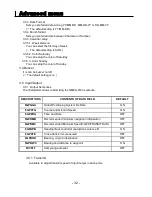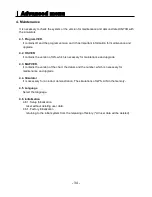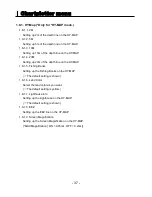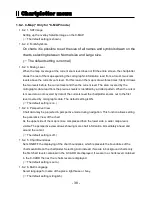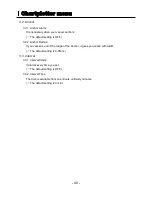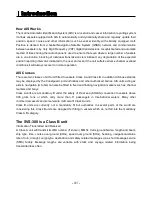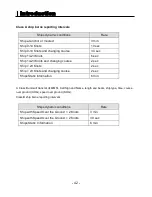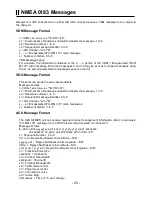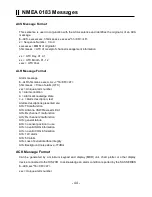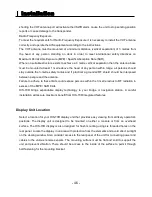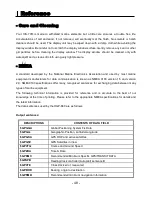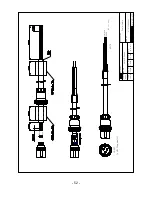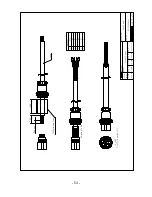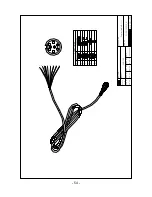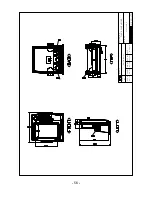
- 46 -
Installation
shorting the VHF antenna port will activate the VSWR alarm, cause the unit to stop sending position
reports or cause damage to the transponder.
Radio Frequency Exposure
To meet the requirements for Radio Frequency Exposure it is necessary to install the VHF antenna
correctly and operate the AIS equipment according to the instructions.
The VHF antenna must be mounted at a minimum distance (vertical separation) of 3 metres from
the head of any person standing on deck in order to meet international safety directives on
Maximum Permissible Exposure (MPE) / Specific Absorption Rate (SAR).
Where no suitable structure exists to achieve a 3 metre vertical separation then the antenna base
must be mounted at least 1 metre above the head of any person within range, all persons should
stay outside the 3-metre safety radius and if practical a grounded RF shield should be interposed
between people and the antenna.
Failure to adhere to these limits could expose persons within the 3 metre radius to RF radiation in
excess of the MPE / SAR limits.
HIS-70R brings expandable display technology to your bridge or navigation station. A careful
installation will assure maximum benefit from HIS-70R integrated features.
Display Unit Location
Select a location for your HIS-70R display unit that provides easy viewing from all likely operator’s
positions. The display unit is designed to be mounted on either a console or from an overhead
surface. The HIS-70R display is also designed for flush mounting using six threaded holes on the
rear panel. Locate the display in an area with protection from the elements and avoid direct sunlight
on the viewing window. Also, consider access to the rear panel of the unit for connecting power and
cables to the various remote sensors. The mounting surface must be flat and solid to support the
unit and prevent vibration. There should be access to the inside of the surface to permit through
bolt fastening for the mounting bracket.

